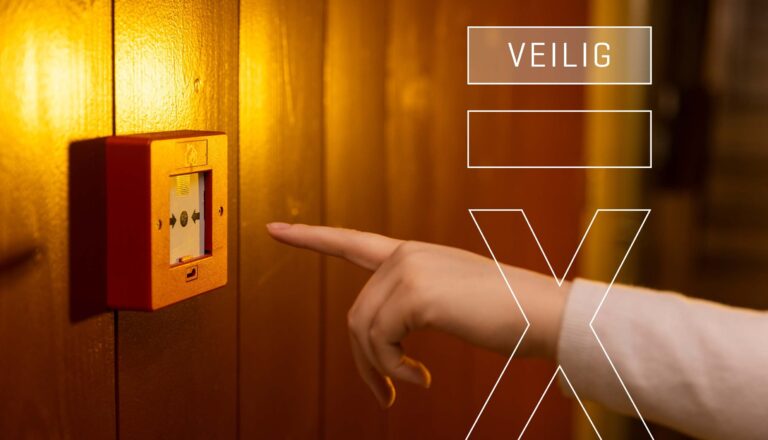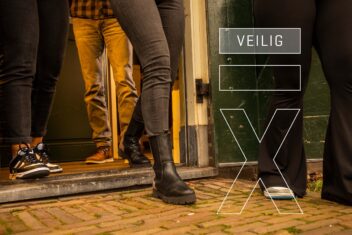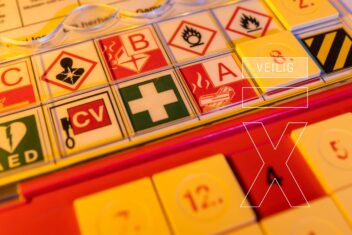Fire safety at the workplace: 5 tips

Nothing is more important than the safety of your employees. Especially when a fire breaks out in the workplace. To reduce the risks, it is advisable to make the premises as fire-safe as possible. In this blog, we at FeniksGroup list everything you need to know about fire safety in the workplace!
First of all, it is important to know that some commercial premises require an environmental permit for fire-safe use. You can apply for this permit from the municipality. It describes the usage requirements your premises must meet, including fire safety requirements. Think for example of the required escape routes, fire extinguishers and lighting in the building.
Inform your staff of the evacuation plan
It is important to tell your staff about the company emergency plan. This is because staff need to know what to do if, for example, a fire breaks out or there is a gas leak. Therefore, they should be aware of an evacuation plan that states what they should do in such a situation and their responsibilities. This plan should clearly describe how they should leave the building, as well as where to find fire extinguishers and how to use them.
Escape route
In the event of an evacuation, it is very important that your staff can leave the building by the shortest route as quickly as possible. An escape route is a pre-defined route for people to leave a building in the event of a fire or other emergency. Therefore, you should check carefully that the entrances, exits, aisles, stairs and other escape routes are free of obstacles, an emergency exit should be free of obstacles and objects such as tables and chairs within a radius of two metres. You should also check that the doors of the emergency exit(s) can be opened from the inside without having to use a key.
Lighting
When the power goes out and it is suddenly dark, it can lead to confusion, disorientation and sometimes even fear. Emergency lighting allows people to end (dangerous) processes safely, orientate themselves to their surroundings and find their way to the nearest emergency exit. It helps prevent panic and reduces safety risks. The Building Decree, the Occupational Health and Safety Act and standard NEN-EN 1838 are the basis for the design, construction and maintenance of emergency lighting installations. Emergency lighting is therefore required by law.
We distinguish between 4 types of emergency lighting here:
- Escape route lighting that comes on when the power fails and illuminates the escape routes
- Escape route lighting, which is permanently lit and uses pictograms to indicate how you can leave the building.
- Anti-panic lighting is lighting that comes on when the normal light goes out to prevent panic or dangerous situations.
- Emergency lighting for high-risk workplaces.
Safety = evacuation plan + extinguishing agents + training
Fire extinguishers
Finally, it is necessary to regularly check fire extinguishers and hose reels on the shop floor. These should be checked monthly by the user himself, and also periodically by a maintenance engineer. The latter is done (by law) once every two years. It may be that the manufacturer of the fire hose reel or fire extinguisher has specified that this should be done annually, or that the insurance company requires it. In that case, the check by a technician should be done every year. This information does not apply to spray extinguishers containing less than 1 liter of extinguishing agent. This is because these have an expiry date.
Fire safety training
Fire safety is important to ensure the safety of your staff. Want to make sure your team can enter the workplace fire-safe? Then contact us for fire safety training and schedule a no-obligation appointment.
May 26, 2021 I Emergency response, fire hazard, risk inventory & evaluation, tips, safety
Sharing is allowed, gladly even!

Would you like more information about our training courses, or do you have another question?
Fill in the form, we will contact you asap!
You hereby grant permission to FeniksGroup to contact you. Your contact details will not be shared with third parties.
Want to receive the latest safety insights in your mailbox?
Sign up for free!
No spam. You can unsubscribe at any time.


